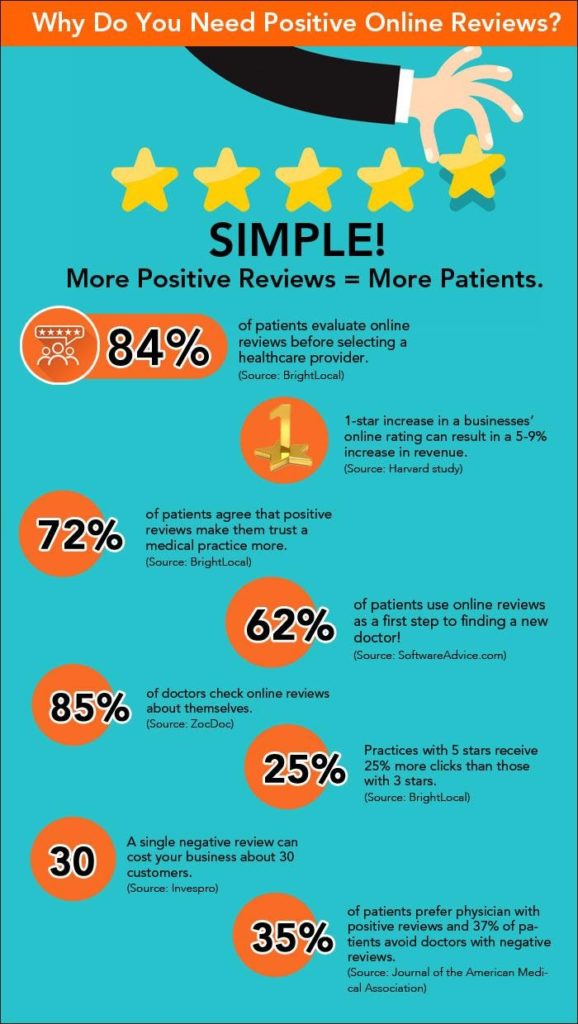According to research and consulting giant PwC, during the 2020 pandemic “many healthcare organizations saw their financial plans obliterated, patient behaviors radically shifted, and virtual care exploded.” In their Report on Major Issues Facing Healthcare, they make it clear that 2021 is the year that healthcare practitioners will put the pathway to treatment pieces back together and start rebuilding their practices.
If 2021 has you looking for ways to grow, explore these healthcare revenue strategies to grow your practice and your revenue.
Streamline Billing Practices
Nothing kills revenue like submitting a claim and failing to be paid. If you commit to paying close attention to accuracy, you will limit denials and increase the number of times you are paid on the first pass. And if a claim is denied, clean it up and submit it again.
Clean claims, submitted on a timely basis, with thorough documentation and bereft of errors, are central to maintaining a healthy revenue cycle. When claims are incomplete, incorrect, or unintelligible, your claims will be delayed or denied.
Simply double-check common claim errors, such as:
- Date and location of service
- Health care provider
- Codes and modifiers
- Prior authorization information
And if a claim is denied, clean it up and submit it again. A Medical Group Management Association study found that it only costs about $25 to rework a denied claim, and over half of the denied claims are never reworked. You could be leaving money on the table when you fail to clean and resubmit a claim.
Maximize Patient Lifetime Value
Healthcare providers enter the field for altruistic reasons. But, in order to be successful, you must remember to operate as a business. And every successful business knows the importance of the customer lifetime value. Medicine is no different.
Whether you measure patient lifetime value (LTV) in terms of profit or revenue, you need to measure this important metric, then act to maximize the value.
The simplest lifetime value calculation is:
Apply data-driven marketing techniques to maximize the lifetime value of a patient. Segment your patient database by chronic conditions such as diabetes, asthma, high blood pressure, or others that require frequent monitoring. Flag these patients to schedule each follow-up visit while still in the office. Communicate the importance of all follow-up visits.
In addition to chronic conditions, segment your patient database to include student-athletes who require physical exams before participation, schoolchildren who need immunizations or check-ups, and senior patients for flu, pneumonia, or shingles vaccinations.
Enhance Offerings
Create new revenue streams by offering complementary products. Offer high-quality nutritional supplements like those made by Nutri-West.
Research by the Council for Responsible Nutrition (CRN) shows that patients trust their healthcare providers to provide reliable information about supplements. What’s more, patients that take supplements are more likely to schedule regular visits.
Nutritional supplements are a way to make a positive impact on your revenue by creating a new sales channel and make a positive impact on the health and quality of life of your patients.
As part of your supplement offering, you may also offer a nutritional analysis, guided weight loss, or detox or cleansing protocols. Chiropractors may offer postural analysis and physical therapists may add massage services. Look to see what products and services naturally support your core offering and use these enhanced offerings to create your unique selling proposition.
Rethink Office Hours
Your patients are modern consumers, and they are used to flexibility in all areas of their life. Providers who offer flexible office hours can increase revenue considerably. Extend your normal hours and offer early or late hours one or 2 days a week. This appeals to people who would like to schedule a visit before or after their own workday.
Offer Saturday appointments one or two Saturdays a month or open from 9 to noon or 1:00 every Saturday. Rotate office staff and practitioners to keep everyone fresh. One physician in Alabama reports that by opening on a Saturday morning for brief office visits (no lengthy procedures) he can see 20 patients over a 3 hour period and in just 11 months generated enough revenue to pay off his start-up debt. When you make it easy to get an appointment that works for the patient you make it easier to increase revenue.
Reduce No-Shows
You’ll never completely eliminate no-shows. After all, as a healthcare professional, you know better than most how life has a way of getting in the way of plans. But you can take steps to reduce no-shows and thus increase your revenue.
Start by asking patients how they want to be contacted and then honor their request. Often, patients prefer text messaging to phone calls for reminders. Either way, put technology to use and employ automated systems to send texts or phone calls to remind patients of upcoming appointments.
Have staff follow up on no-shows and find out the reason. If you have patients that routinely no show, they may face transportation barriers. Some Medicare Advantage plans cover the costs for routine transportation to a doctor’s office and Veyo partners with many insurers to provide transportation.
When you remove friction, you reduce revenue by killing no-shows.
Ask for Reviews
Patient reviews are an integral part of reputation management. With more and more patients using digital resources to find new healthcare providers, reviews also play an important part in provider selection.
Don’t be shy about asking for reviews. At the end of the appointment, take a moment to informally inquire about patient satisfaction with the service. “Was it easy to schedule your appointment?” Or “Have I covered all your concerns” are great questions to determine how a patient feels about your practice. If the answer is not affirmative, you are in the best position to immediately address the problem.
Any praise should be used by the office staff as a prompt to ask for a review. And when you ask for a review, let them know where you would like the review placed. You can even email a follow-up with a link to place the review.
For example, if you are concentrating your efforts on local Google search results, ask patients to place their reviews on Google.
And remember, people are used to writing reviews. They rely on them to make their own purchasing decisions and are accustomed to reviewing everything from a hamburger to a hairdresser, so reviewing their healthcare provider is no different.
Those reviews translate into more clicks online and convert into new patients, growing your revenue.
Adopt Patient Self-Scheduling Technology
According to Gartner, around 75% of patients rank the ability to book and modify appointments online as important when selecting a healthcare provider.
Millennials in particular are digital natives that prefer to self-serve as much as possible. That includes booking appointments for healthcare.
Self-scheduling also allows the busy person to book their appointment even when your office is closed. And offering the ability to self-schedule may be the difference between converting a new visitor to your website into a new patient or a visitor that leaves to explore more digital-friendly options.
Self-scheduling improves your revenue by reducing no-shows. And because it improves the customer experience (a key differentiator in the modern market) your patients are more likely to recommend your practice to their family and friends.



